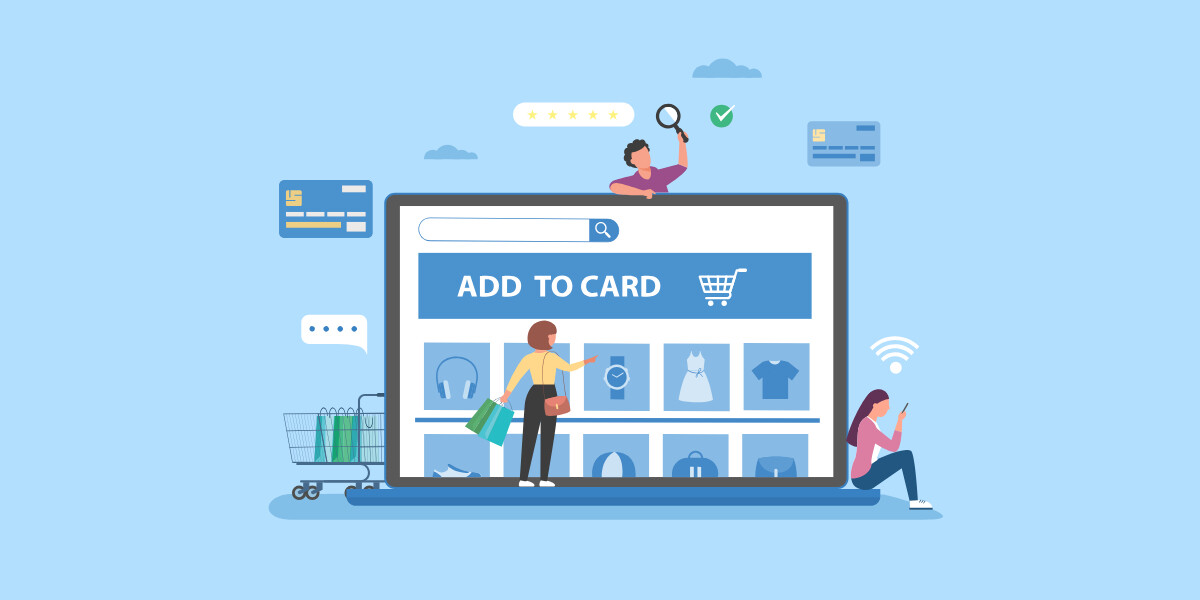
How To Safely Change Your eCommerce Platform
Migrating from one eCommerce system provider to another is probably the most stressful decisions an eCommerce retailer has to make. It comes with great risks – including long unavailability of a store or lack of opportunities for development.
The most common reasons for changing a platform provider include:
-
- problems with the quality and punctuality of provided solutions,
- problems with software – expensive and long-lasting changes, lack of opportunities for development,
- problems with stability/safety of a current platform,
- the need to take software development into your own hands.
If your current platform has considerable disadvantages such as security issues, efficiency issues or the architecture just lacks development capabilities, then the best solution may be to change platforms.
Therefore, it’s important to be prepared for complications and downtimes. To make sure the process runs as smoothly as possible here’s a checklist of things you should pay attention to while changing platforms –
The Migration Plan
When you start to switch platform, you need a migration plan. This means collecting all the requirements, and establishing the duration of development, testing, and launching. You can use the current version of the store acting as a “proof of concept” – writing down requirements based on current screens or even using screenshots.
It’s more convenient if you can transfer the working software without major modifications. However, do so with care, so that at the end you don’t realize that certain functions have been forgotten or don’t work the way they should. That’s why an analyst is necessary for this process.
Another important aspect is determining the plan for the data transfer (data dumps). Transferring can be very time-consuming, so it’s an important thing to keep in mind.
Of course, it’s also necessary to make sure that the new platform actually solves the problems you had. If these were functional problems, look at the documentation, prepare a functional design of the new system and verify it with users.
Continuity
Operational continuity is key – without ensured continuity your company may suffer financial losses. You need to minimize downtime but also assume that a few hours break may be required.
The whole process also requires time for migrating all users and data, final testing and deploying the new store.
It’s vital to keep the previous version online as long as possible. You need to ensure it’s maintained and hosted until the new store is ready to launch.
If you do it right, you should be able to migrate without any downtime. For example, if you were switching from your existing platform to LemonStand, you’d re-create your store during your free trial, and then when the time comes to switch over, you’d simply point your domain name to the LemonStand servers.
Hosting 
Hosting is another important aspect to keep in mind when switching providers. If you use a self-hosted platform like Magento or Woocommerce, hosting is something you would be handling. For a modern cloud-hosted platform, like LemonStand, the platform provider is also the hosting provider.
As a business owner, you don’t want to be dealing with hosting issues, security, backups, uptime, bandwidth and all the headaches that come with self-hosting an eCommerce store. That’s why it’s best if your new platform is a cloud or SaaS that can provide you with the full package of operations, along with servers and administration.
Documentation
Clear documentation of the migration process is probably the most crucial aspect, especially if you want to customize your new platform. If you hire an agency to do it, then they should include the software documentation as part of the contract.
For example, if you’re migrating to LemonStand, you have the ability to customize everything to make your new store look exactly like your existing one, meaning you customers won’t notice that you’ve switched over. In this case, when your agency customizes it, they need to document the changes they make in case you want to re-design or make other changes later.
Without such documentation, your team will have to analyze the new code and make random changes without any certainty about the operations of the modified mechanisms.
Such documentation doesn’t need to be particularly long. If during the analytical phase (pre-implementation) documentation was kept properly, then it can constitute as a foundation for software documentation.
The documentation should also be accepted by the team that will deal with further maintenance of the application – they are the ones that need it. The team should have at least a few days to analyze the material and submit their possible observations.
Creating documentation takes time, but it’s worth it, since abandoning this step may involve too many risks.
Migrating Pays Off
Undeniably, the process of migrating your eCommerce platform may be exhausting and troublesome, however, all the hard work should pay off with a great new platform functioning just the way you want it to. Just remember, there are lots of aspects to overlook during the migration, so don’t be careless!

